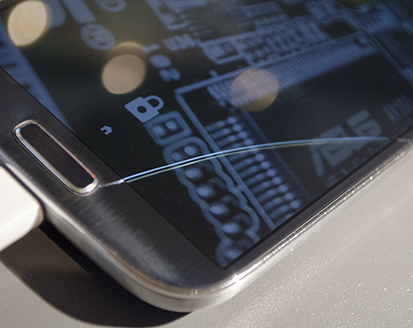| << Chapter < Page | Chapter >> Page > |

New media encompasses all interactive forms of information exchange. These include social networking sites, blogs, podcasts, wikis, and virtual worlds. Clearly, the list grows almost daily. However, there is no guarantee that the information offered is accurate. In fact, the immediacy of new media coupled with the lack of oversight means we must be more careful than ever to ensure our news is coming from accurate sources.

Chances are your mobile phone company, as well as the makers of your laptop and your household appliances, are all counting on their products to fail. Not too quickly, of course, or consumers wouldn't stand for it—but frequently enough that you might find that it costs far more to fix a device than to replace it with a newer model. Or you find the phone company e-mails you saying that you’re eligible for a free new phone, because yours is a whopping two years old. And appliance repair people say that while they might be fixing some machines that are twenty years old, they generally aren’t fixing those that are seven years old; newer models are built to be thrown out. This strategy is called planned obsolescence , and it is the business practice of planning for a product to be obsolete or unusable from the time it is created.
To some extent, planned obsolescence is a natural extension of new and emerging technologies. After all, who is going to cling to an enormous and slow desktop computer from 2000 when a few hundred dollars can buy one that is significantly faster and better? But the practice is not always so benign. The classic example of planned obsolescence is the nylon stocking. Women’s stockings—once an everyday staple of women’s lives––get “runs” or “ladders” after only a few wearings. This requires the stockings to be discarded and new ones purchased. Not surprisingly, the garment industry did not invest heavily in finding a rip-proof fabric; it was in manufacturers' best interest that their product be regularly replaced.
Those who use Microsoft Windows might feel that like the women who purchased endless pairs of stockings, they are victims of planned obsolescence. Every time Windows releases a new operating system, there are typically not many innovations in it that consumers feel they must have. However, the software programs are upwardly compatible only. This means that while the new versions can read older files, the old version cannot read the newer ones. In short order, those who have not upgraded right away find themselves unable to open files sent by colleagues or friends, and they usually wind up upgrading as well.
Ultimately, whether you are getting rid of your old product because you are being offered a shiny new free one (like the latest smartphone model), or because it costs more to fix than to replace (like the iPod model), or because not doing so leaves you out of the loop (like the Windows model), the result is the same. It might just make you nostalgic for your old Sony Discman and simple DVD player.

Notification Switch
Would you like to follow the 'Introduction to sociology 2e' conversation and receive update notifications?